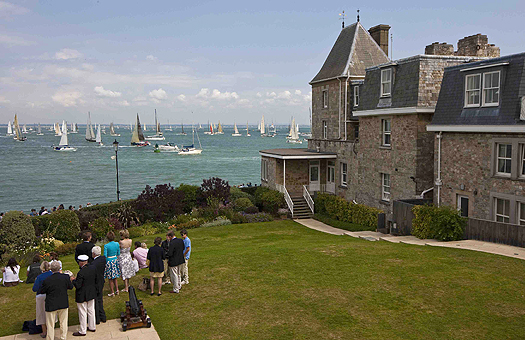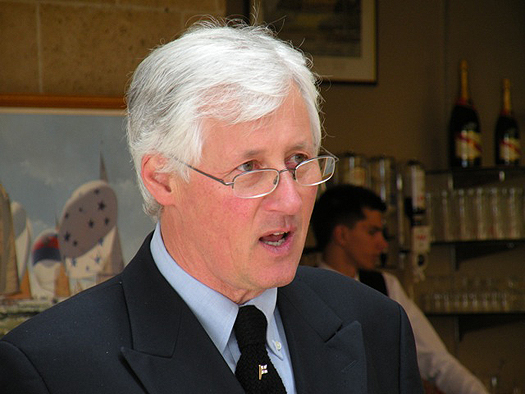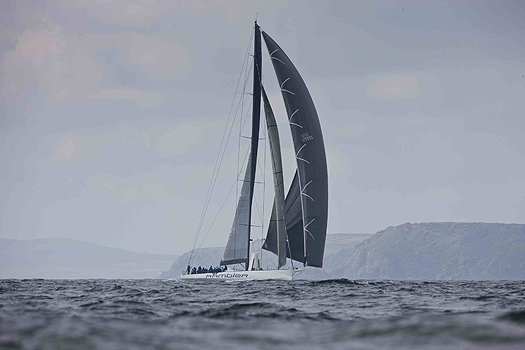Displaying items by tag: Biscay Race
The Royal Yacht Squadron Launches Biscay Race
Organised by the Royal Yacht Squadron, Cowes, England, with the assistance of Real Club Náutico de Sanxenxo in Northern Spain, the Biscay Race will start from the Royal Yacht Squadron (RYS) line at midday on Sunday 11th September and finish off the yacht club in Sanxenxo. The Notice of Race and Entry Form are now available online at: www.rys.org.uk

RYS Commodore Yachting, David Aisher explains the RYS' foray into offshore racing: "When the New York Yacht Club first announced that they wished to join with RYS, RORC and the Storm Trysail Club to form the AORS, the Royal Yacht Squadron was the only club that did not have a race that was a part of this new circuit. On the East side of the Atlantic, the RORC was the Organising Authority for the Rolex Fastnet and was also a part of the Rolex Middle Sea Race. Between the two races was a large gap in the sailing calendar that we felt was an ideal opportunity for the RYS to run its first offshore race. The RYS has for many years been organising some of the best inshore regattas in the UK and for us, to be a true part of this new AORS event, we needed to show that we could also run a first rate offshore event as well. This is not an attempt to compete with the RORC or any other of the excellent offshore clubs, but is our contribution to this exciting racing series."

Top Boats to Compete
Interest has already been received from two yachts who recently competed in the Transatlantic Race 2011, the fourth race in the Atlantic Ocean Racing Series: George David's Rambler 100 (USA) who set the benchmark for the new transatlantic route from Newport, Rhode Island (USA) to The Lizard (UK) and British Soldier, the Army Sailing Association's A40. Both are going on to compete in the classic offshore race, the Rolex Fastnet Race. Interest has also been received from Alex Thomson's IMOCA 60, Hugo Boss (GBR), whose sights are set on the Transat Jacques Vabre later this year. A number of the other TR2011 boats are also expected to take part.

Rambler 100 - Photo: Mark Lloyd
Feeder Race
Racing for the Biscay Armada Dish, The Biscay Race may also act as a feeder race for competitors in the Rolex Middle Sea Race (22nd October); those wishing to sail to the Mediterranean and could also attract yachts taking part in World Cruising Clubs' Atlantic Rally for Cruisers (ARC) which sets off from Las Palmas, Gran Canaria for St Lucia on 20th November.
As an added incentive, The Real Club Náutico de Sanxenxo is offering free berthing for a week to competitors on completion of the race and a prize giving dinner will be held by the kind invitation of club on Friday 16th September for all crews.





























































